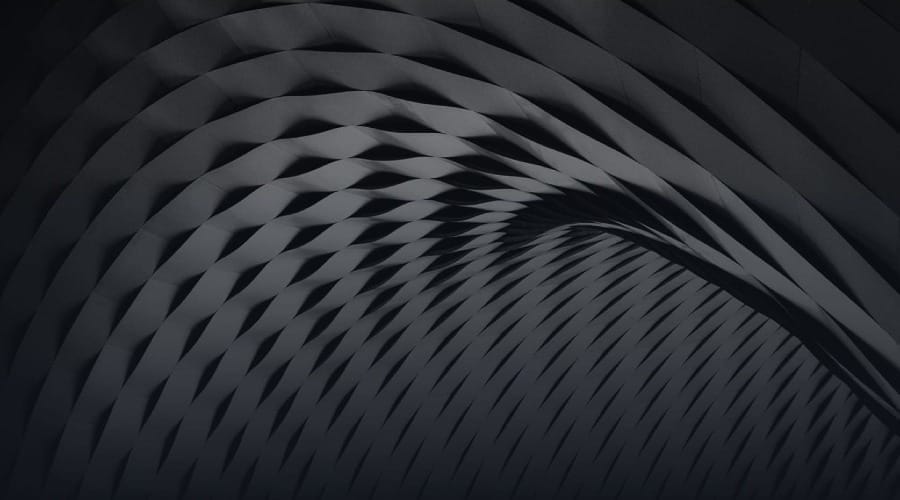How to Fine-Tune a FLUX Model in under an hour with AI Toolkit and a DigitalOcean H100 GPU
in this tutorial, we show the step by step process for fine-tuning a FLUX.1 model on an NVIDIA GPU on the cloud.
Tutorials, sample apps, and more created by the Paperspace internal research team and community
Sign up nowin this tutorial, we show the step by step process for fine-tuning a FLUX.1 model on an NVIDIA GPU on the cloud.
In this article we examine how AI technologies have improved various areas in Neuroscience research and study.
In this article discover Quanto a powerful quantization technique designed to optimize deep learning models without compromising the performance of the model.
In this review, we look at the role of warps in parallel processing in GPUs to try and understand what our machines are doing under the hood when training AI models.
In this tutorial, we look at the TextAttack framework for NLP data augmentation, adversarial training, and adversarial attacks.
The Monkey Vision model, when combined with DigitalOcean + Paperspace's cloud GPUs, excels in generating detailed image captions and analyzing images through the Monkey Chat Vision model.
In this tutorial, we use Gradio to examine adversarial attacks and their potential for misdirecting models towards making inaccurate predictions.
In this tutorial, we discuss CODEGEN, one of the hottest Language Modeling projects tackling code generation.
In this article, we show how to use FLUX image generation models with Paperspace H100s.
